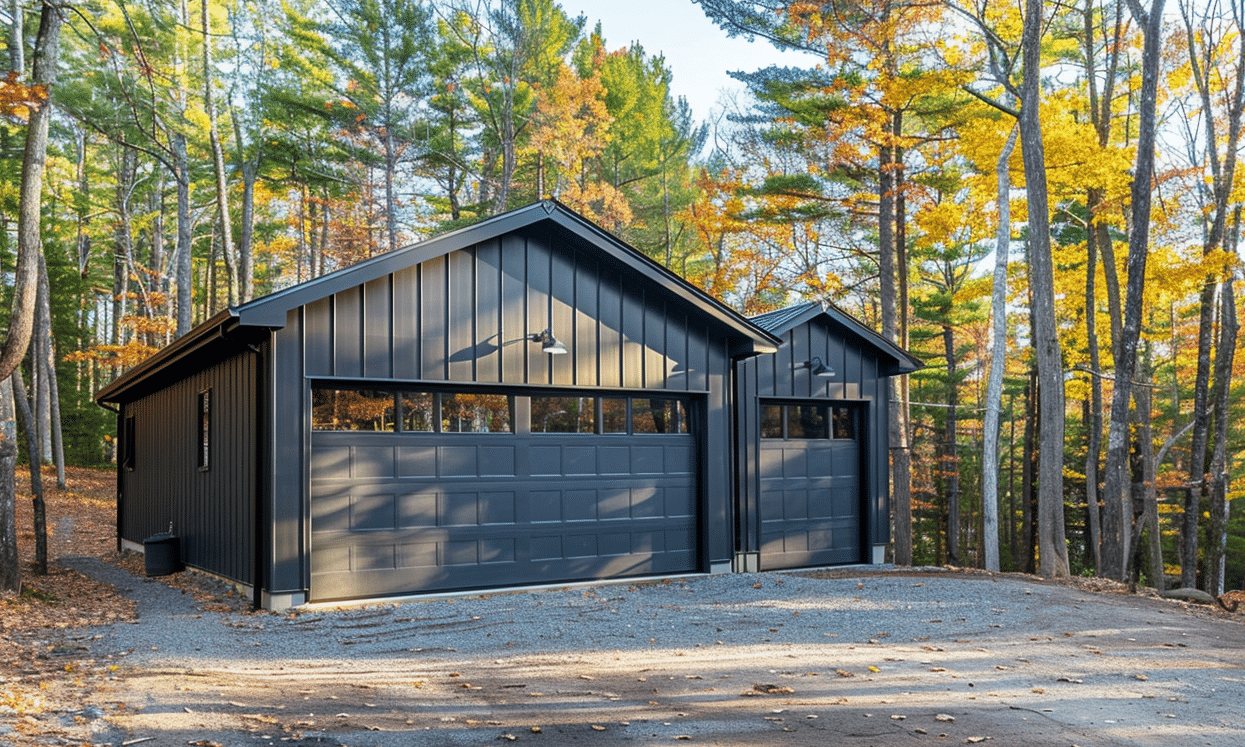Buying a home is often compared to embarking on a thrilling adventure. With the excitement of new beginnings comes the weighty responsibility of ensuring every detail is in order before signing a contract. One critical step in this adventure is the home inspection, a pivotal parameter in the buying process. If you’re a buyer preparing to make a significant investment, understanding how to conduct a home inspection for buyers can save you time, money, and future headaches.
Understanding the Importance of Home Inspections
Why are home inspections so significant? Home inspections allow you to pull back the curtain and see the inner workings of what could be your future home. They help identify potential problems, uncover hidden issues, and provide a clear picture of the property’s condition. In essence, they give you the peace of mind that you’re making an informed decision.
Home inspection for buyers isn’t just a walkthrough with a casual glance at the ceiling. It’s a systematic evaluation that covers everything—from the foundation to the roof, plumbing, and electrical systems. Think of it as a physical exam for the home, offering a crucial opportunity to ensure you’re making a sound investment.
Choosing the Right Home Inspector
It all starts with selecting the right home inspector. The credibility of your inspection greatly depends on who performs it. Look for certified professionals with experience and positive reviews—perhaps those who’ve completed numerous home inspections with reputable references. In Canada, look for someone who is a member of the Canadian Association of Home and Property Inspectors (CAHPI).
Don’t be shy to ask questions about their process. Understanding how they operate can provide insights into their thoroughness and professionalism.
Preparing for the Inspection Day
You’ve got your inspector; next comes preparation. Review all the existing property documentation available to you, such as past inspection reports and maintenance receipts. This gives you a baseline to discuss discrepancies or new findings.
Ensure that all utilities are turned on before the inspection. This step is essential for testing plumbing fixtures, appliances, and the HVAC system. Accessibility is crucial too. Make sure attic and basement entrances are clear, so your inspector can easily access those areas.

The Inspection Process: What to Expect
On the day of the inspection, tag along with your inspector. This is a chance to learn about your prospective home in vivid detail. Aim to be curious, engaged, and ready to gain insights.
Exterior Evaluation
The inspection begins the minute you step onto the property. Exteriors are checked for structural anomalies, roof conditions, drainage implications, and exterior walls’ integrity. Important aspects, like siding, eaves, and downspouts, are evaluated to ensure they protect the home against the elements.
Interior Insights
Inside the home, the inspector will scrutinize the foundation and structural components for cracks or signs of movement. Plumbing systems are reviewed for leaks and proper drainage systems. Meanwhile, electrical systems undergo tests to ensure compliance with building codes and safety standards.
In addition to structural inspections, attention is also given to aesthetic features like flooring, tiling, and drywall while making sure no water damage is marring their structure.
Heating and Cooling Systems
Your heating, ventilation, and air conditioning (HVAC) are vital to your home’s comfort and efficiency. Inspectors will examine heating and cooling performance, system lifespan, and maintenance history. Be ready to deal with construction delays in residential HVAC systems.
Specialized Inspections
If your home features unique aspects, such as a pool, fireplaces, or elaborate landscaping, they may require specialized inspections. In some cases, you might need radon, pest, or mold inspections. Your inspector can advise if any of these are necessary.

Common Findings and Their Implications
Brace yourself; no home is flawless, not even new builds. Common findings might include minor repairs like leaky faucets, worn caulking, or loose handrails. While some issues have minor cost implications, others could require renegotiating the sale price or asking the seller to make repairs before closing.
If the inspection uncovers major defects such as significant structural damage or deteriorating roofing, this becomes a critical negotiation point. It might be beneficial to use the results to facilitate necessary adjustments, protecting you from unexpected costs after purchase.
Exploring different Residential Construction options or considering a steel building for durable solutions might also be wise if the repairs are steep.
Final Steps: Making an Educated Decision
Post-inspection, you’ll receive a detailed report summarizing the inspector’s findings. Review this carefully alongside your real estate agent or another trusted advisor. Does the property’s condition align with your expectations and budget for post-purchase repairs?
For some homebuyers, findings may present insurmountable barriers, prompting either further negotiations or reconsidering the purchase entirely. At the same time, other buyers find the inspection report to be a handy checklist for future DIY projects.
The Art of Decision-Making: An Informative Closure
There’s a saying that purchasing a home is not just about selecting bricks and mortar but about finding a place that nurtures your dreams. Conducting a thorough home inspection before buying is akin to exploring the terrain before a journey—it maps out potential obstacles, ensuring you’re well-prepared.
Imagine having something akin to Zillow’s vast database at your fingertips, guiding you through every nuance of this journey. Similarly, an insightful inspection arms you with the information needed to confidently proceed.
Ultimately, a smart homebuyer will leverage the Your Building Team resources and knowledge, meticulously assessing all dimensions of metal building systems Ontario and beyond. By doing so, you can be sure that your future home aligns with both your personal and financial aspirations.











